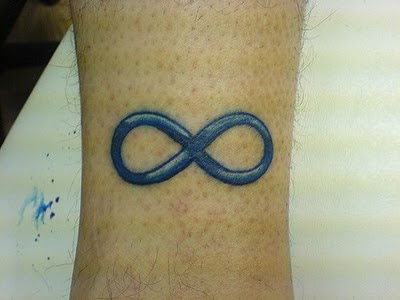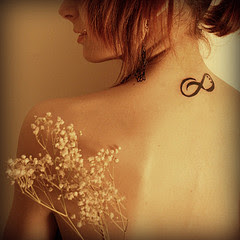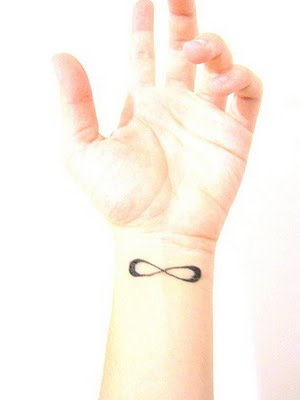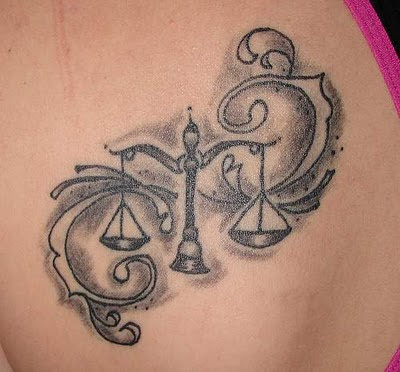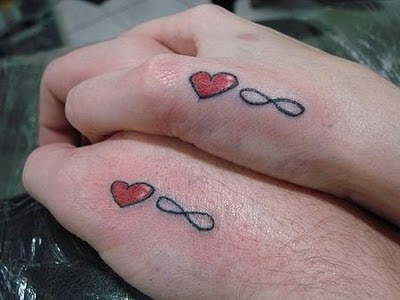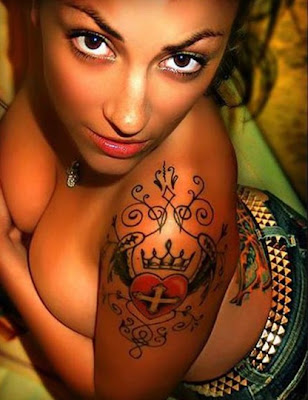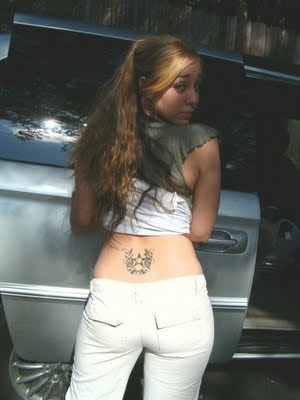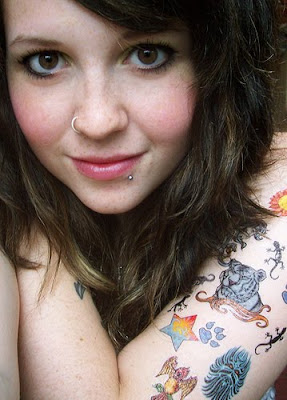Sociological Images, one of my favorite blogs and a large inspiration for this here bloggy blog, keeps
a running post of "race themed" parties on college campuses. Recently, they re-posted it because there was a big bruhaha in Canada over some boys and girls completely painting themselves black to "honor" a Jamaican sprinter, which you can see in the picture above.
Visceral reaction, right? We all instantly cringe, and shake our heads, wondering, "what the eff were they thinking?!" Blackface, in our society, is an ultimate taboo. We know it's wrong, though most folks probably can't verbalize why other than to shout "THAT'S RACIST!"--More on that in a minute.
In addition to several examples of blackface at campus parties, SocImages also has some examples of students dressing up as stereotypical "Mexicans," that I'm sure we all can agree are equally offensive:
As I scrolled down the list, however, I couldn't help but think, "Wait, where are the Cowboy and Indians parties?"
Let's look at some examples, all pulled from the first page of a google images search for
"Cowboys and Indians Party." These were not hard to find. Most were posted with pride--"look at my sweet-a** costume, bro!" They can't be found on the websites of CNN or even the local newspaper. There were no bloggers calling for public apologies. In our society, this practice, completely akin to the images above, is accepted, condoned, and normal:
From
the poster: "My friend Adam had a Cowboys & Indians themed party on Saturday night. Buddy and I picked up some stuff from Party City and a fabric store and made some pretty sweet Indian gear. The party was a lot of fun and there are more pics up on facebook if you’re interested."
Caption: "7:40 p.m. There were cowboys and Indians everywhere…"
This girl even made a nice collage for us! (/sarcasm)
"The Lambda Chi's had a cowboy & indian party last night. I had so much fun."
And then my personal favorite...
So, why is it, that we as a society have deemed it "totes ok" to dress up in redface, but not blackface, or brownface? The explanation is long, and the practice of playing Indian goes all the way back to the Boston Tea Party, where the colonists dressed up as Indians without the benefit of PBR or ironic mustaches.
"There is this simultaneous embracing of Indians, which allows Americansto make claims of American identity. But at the same time, in orderto make a real physical nation, they have to dispossess those Indians"
This led to policies of Indian removal in the 1830's, and the attempts to physically erase and assimilate Indigenous peoples. For "Americans" to lay claim to "their" nation, they had to get rid of the original inhabitants of "their land'. Throughout US history, donning redface has
shifted and symbolized any number of movements, from rebellion to peace activism. But "real" Indians are always left out of the narrative. Americans are far too obsessed with their commodified and imagined images of "the Indian" to be concerned with true authenticity.
So how does this compare with blackface? In the
words of scholar Kimberly Tallbear, "Black and White became a race binary, while White appropriated Red."
Scholars and historians argue that blackface was about creating a white identity that existed in contrast to Black slaves, and asserting power over Black Americans by relegating blackness to defined, extremely stereotypical character tropes. This was done through
minstral shows, where whites painted their faces with black paint to perform.
Blackface was about creating an identity in opposition (a binary of Black vs White), while playing Indian was about absorbing "Indianness" into a national identity and narrative.
However, playing Indian still relegates Native peoples to stereotypical character tropes. The images above show one "image" of an Indian--the feathers, the fringe, the warpaint, the braids. Indians are sexy maidens, fierce warriors, peace-loving environmentalists, all holding up their hand to say "How." These characters were solidified through early cinema, where Westerns all seemed to include the helpless Indian maiden and the evil Indian warrior--all played by non-Native actors, of course--and continue through to today (see: oh, every post on this blog).
So, it's clear there are large similarities between blackface and playing Indian--both are intentional acts that draw upon stereotypes and a racist history to enact whiteness--but our Nation has created a narrative in which blackface=racist, while redface=normal.
Does that make it ok to play Indian or host a cowboys and Indians theme party? Absolutely not. It just goes to show how deeply the erasure of Native peoples runs. Just because our national narrative and history has somehow normalized the phenomenon does not excuse its roots in the process of systematic erasure of the First Peoples from our homelands.
Bottom line: Blackface=dressing up in a stereotypical costume of a race that is not your own, drawing upon a history of racism and inequality. Playing Indian=dressing up in a stereotypical costume of a race that is not your own, drawing upon a history of racism and inequality. Clear enough for you?
Sociological Images:
Race-Themed Events at Colleges Native News Online:
Philip Deloria on Playing IndianWikipedia:
BlackfaceTheodore Allen:
On Roediger's "Wages of Whiteness" Earlier:
But Why Can't I Wear a Hipster Headdress?Harvard's Conquistabros and Navajo's theme partyPlaying Indian at Stanford PowwowWhen Non-Native Participation in Powwows Goes Terribly Wrong
Editorial Note: I know I've extremely over-simplified a lot of this, and I don't purport to be an expert in the history of blackface or playing Indian, so please, feel free to disagree or point to other resources in the comments!





